Table of Contents
Childhood trauma, a daunting specter from the past, often persists into adulthood, camouflaged within the confines of physical symptoms. This crystallized residue of adverse childhood experiences (ACEs) embodies an array of health complications ranging from chronic pain to severe cardiovascular diseases. Understanding these symptoms is pivotal for healthcare professionals and individuals, laying the foundation for healing and recovery.
In this blog, we’ll explore the physical symptoms of childhood trauma in adults, providing insights into how these remnants of the past can shape present and future health.
What is Childhood Trauma?
Childhood trauma refers to an event or series of events that can lead to lasting emotional and physical impacts on a child’s growth and development.
The Substance Abuse and Mental Health Services Administration (SAMHSA) defines childhood trauma as stemming from an event that overwhelms a child’s ability to cope and threatens their safety, resulting in feelings of vulnerability and helplessness.
A study spearheaded by the Centers for Disease Control and Prevention (CDC) and Kaiser Permanente has illuminated the profound impact of childhood trauma on adult health.
The study delineates a clear and disturbing correlation between the number of ACEs and a heightened risk for numerous health issues, including chronic diseases, mental illness, and substance abuse, later in life. Childhood traumas encompass a broad spectrum of experiences, ranging from physical, emotional, and sexual abuse to neglect, witnessing violence, and growing up in a household with substance misuse or mental health problems.
These traumatic events can disrupt the normal development of the nervous and immune systems, setting the stage for an array of physical health issues in adulthood.
Common Types of Childhood Trauma
Children might confront traumas ranging from physical, emotional, or sexual abuse to neglect and witnessing domestic violence. The unsettling reality is that many children are exposed to multiple forms of trauma, often within their family environment.
Physical Abuse
Physical abuse involves the infliction of bodily harm through hitting, beating, burning, or other means. It’s a disturbing violation that threatens a child’s safety and well-being. The American Psychological Association (APA) reports that such traumatic experiences can lead to severe emotional and physical disorders, emphasizing the urgent need for intervention and support.
Emotional Abuse
Though less visible, emotional or psychological abuse is equally destructive, encompassing acts such as verbal abuse, constant criticism, threats, or rejection. The National Child Traumatic Stress Network (NCTSN) highlights its detrimental effects on a child’s self-esteem and overall emotional development.
Sexual Abuse
Sexual abuse involves any form of sexual activity with a child, often perpetrated by someone known to them. The devastating impact on mental health and the risk of future sexual victimization are profound, as noted by RAINN.
Neglect
Neglect, the failure to meet a child’s basic needs, can be physical, educational, or emotional. The Child Welfare Information Gateway (CWIG) discusses how neglect can lead to serious health, social, and cognitive impairments.
Witnessing Violence
Children exposed to violence, whether in the home, school, or community, undergo severe stress and fear. The CDC’s VetoViolence (CDC VetoViolence) initiative underscores the urgent need for supportive and therapeutic interventions for these vulnerable individuals.
What Are the Physical Symptoms of Childhood Trauma in Adults
The physical symptoms of childhood trauma in adults are diverse, often resembling a tangled web rather than a straightforward path from cause to effect. Yet, recognizing these symptoms is a crucial step toward healing.
Chronic Pain
Adults with a history of childhood trauma frequently report chronic pain, including migraines, back pain, and nonspecific aches. Research published in Psychosomatic Medicine and other peer-reviewed journals has linked ACEs to an increased prevalence of chronic pain conditions, suggesting that trauma may alter the body’s pain perception and inflammation pathways.
Gastrointestinal Disorders
The gut is susceptible to the long-term effects of trauma. Conditions like Irritable Bowel Syndrome (IBS) and Gastroesophageal Reflux Disease (GERD) are more common among adults who have experienced childhood trauma. Studies in the World Journal of Gastroenterology indicate that early adverse events can significantly impact gut health, likely due to stress-induced changes in gut physiology.
Cardiovascular Health Issues
There is a well-established link between childhood trauma and cardiovascular disease risk. The American Heart Association notes that individuals with a history of ACEs are at an increased risk for heart disease, hypertension, and stroke in adulthood, pointing to the lasting impact of trauma on heart health.
Immune System Dysregulation
Childhood trauma can lead to an imbalanced immune response, making the body more susceptible to infections and autoimmune diseases. Research in the Journal of Immunology has highlighted how stress and trauma can impair the immune system’s functioning, further emphasizing the need for integrative care approaches that address both mental and physical health.
Respiratory Disorders
There is also evidence to suggest a link between childhood trauma and respiratory disorders such as asthma and chronic obstructive pulmonary disease (COPD). As discussed in publications like the European Respiratory Journal, the stress response activated by early trauma can lead to chronic inflammation, a key factor in many respiratory conditions.
Trauma’s Toll on the Brain and Body
When confronted with traumatic events, the body instinctively triggers a “fight or flight” response, a survival mechanism that the American Psychological Association (APA) elaborates on. This response, while protective in the short term, can become damaging if activated too often or for too long.
Prolonged exposure to the stress hormones associated with this response can lead to significant health problems, including cardiovascular disease, diabetes, and other chronic conditions, as highlighted by the Centers for Disease Control and Prevention.
Moreover, trauma can rewire the developing brain, affecting areas responsible for stress response, emotion regulation, and memory. These alterations may increase vulnerability to psychological conditions like anxiety, depression, and post-traumatic stress disorder, further impacting physical health.
When to Seek Help?
Childhood trauma, while dormant for decades, can infiltrate an adult’s daily routines and disrupt emotional equilibrium. Knowing when to seek help can be puzzling. Yet, if you observe persistent, overwhelming emotions, disruptive flashbacks, or adverse reactions to seemingly normal events, these may signal that past trauma is surfacing.
Physical symptoms such as chronic fatigue, unexplained bodily aches, or heightened anxiety also demand attention. Emotional healing kicks off with acknowledging these symptoms and understanding that trauma’s impact can linger far into adulthood.
Therapy provides a haven to confront and navigate through these tough undercurrents, equipping you with practical tools to manage symptoms, process your feelings, and break free from the chains of past experiences.
Seeking help is a strength, not a weakness. It marks your first step towards resilience and paves the way for a more balanced and fulfilling life.
The Role of Therapy in Mitigating the Effects of Childhood Trauma
Therapy offers a lifeline to adults grappling with the shadows of childhood trauma, providing a secure base from which to embark on a healing journey. It transcends mere conversation, serving as a transformative process that addresses the multifaceted repercussions of early adversity on an individual’s mental and physical well-being.
The therapeutic environment becomes a crucible for change, where past pains are carefully unpacked under the compassionate guidance of a therapist. Central to this therapeutic journey is the process of building trust and safety—an essential groundwork that enables individuals to confront and reprocess traumatic memories.
Through various modalities, such as trauma-focused cognitive-behavioral therapy (TF-CBT) and Eye Movement Desensitization and Reprocessing (EMDR), therapy helps mitigate the intense emotions and physical symptoms tethered to these memories. It opens up pathways for re-narration, where individuals redefine their stories not by the trauma they endured but by their resilience and capacity to heal.
Moreover, therapy empowers individuals by equipping them with coping strategies to handle stressors and triggers, nurturing a sense of agency over their reactions. It fosters emotional regulation and enhances self-awareness, facilitating a reconnection with the self that trauma often severs.
Through this therapeutic engagement, survivors of childhood trauma find not only relief from their immediate struggles but also a renewed sense of hope and possibility for the future.
Takeaway
The physical manifestations of childhood trauma in adults are a profound testimony to the enduring impact of early adversities. By understanding these symptoms, healthcare providers and patients can start on a transformative journey toward recognition, understanding, and healing. Adequately addressing these issues requires a holistic approach, acknowledging the intricacies of the human psyche and its perpetual interplay with the physical entity.
The path to healing is complex and nuanced, yet it offers the promise of regeneration and renewal for those brave enough to walk it. Recognizing the impact of childhood trauma on your present life is a courageous and necessary step toward healing.
At the Houston Center for Counseling, we understand how feelings of pain and distress might hinder your growth and happiness. Our esteemed team of professionals is highly trained in practices such as childhood trauma therapy, among other services.We are dedicated to helping individuals like you reclaim their lives, work through their trauma, and find renewed hope.
Don’t allow the past to control your present. We invite you to confront these challenges and walk towards a brighter future. Schedule a call to learn more about our therapy and counseling services.

Read more about our available services or connect with us to help you determine which is the best help for you.
- Childhood Trauma/Complex PTSD
- EMDR Therapy
- Intensive EMDR
- Ketamine Assisted Therapy for Individuals or Group
- Adjunct EMDR Therapy
- Individual and Group Therapy


